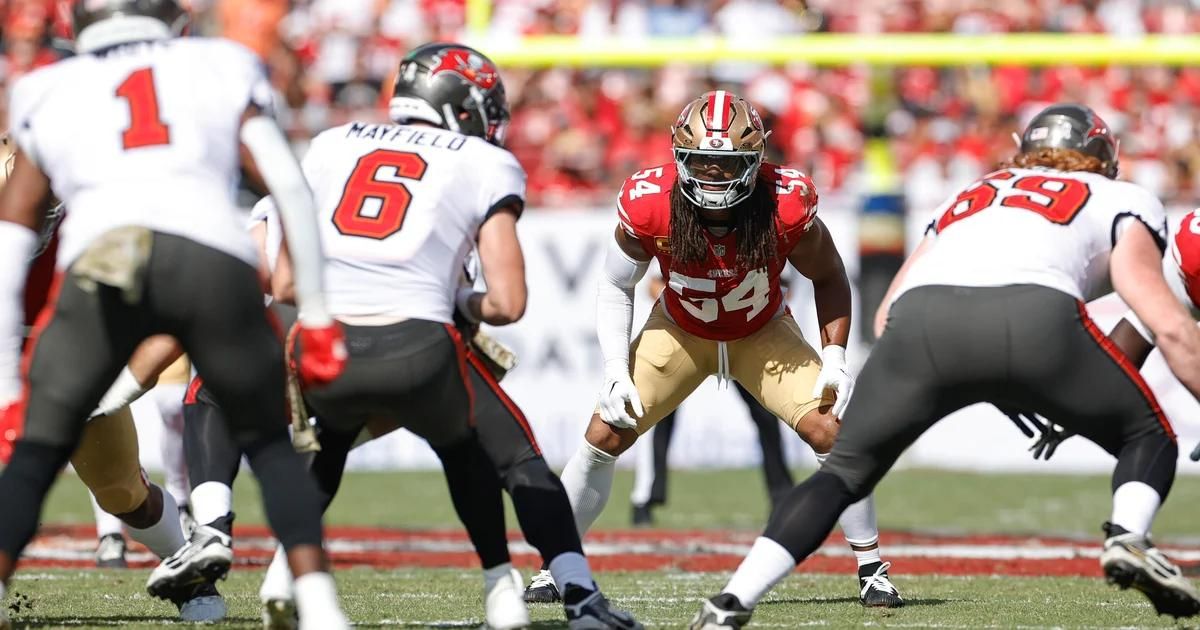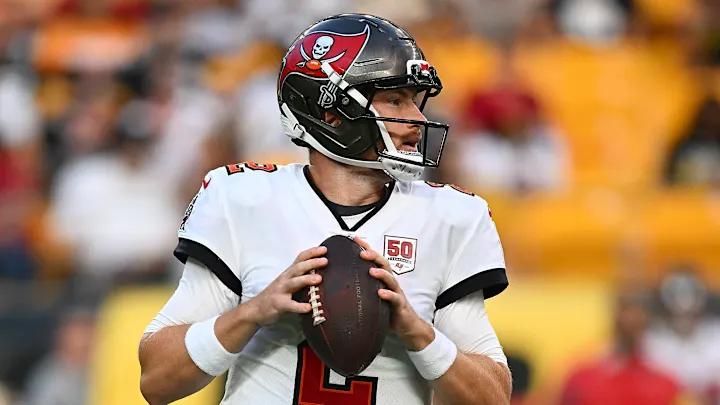Tampa Bay Bucs Resurgence. Is Baker Leading the next Dynasty?
Baker Mayfield's Resurgence: Unlocking Potential with the Tampa Bay Buccaneers in 2025
In the high-stakes world of the NFL, few stories capture the essence of redemption quite like Baker Mayfield's journey with the Tampa Bay Buccaneers. As we hit the midpoint of the 2025 season, Mayfield isn't just surviving—he's thriving, leading a Buccaneers squad that's emerged as one of the NFC's early powerhouses. With a 5-1 record through six games, Tampa Bay sits atop the NFC South, boasting an explosive offense that's averaging 27.5 points per game, good for sixth in the league. Mayfield's play has been the catalyst, but his path here underscores a stark contrast: the failures of his previous teams to harness his raw talent, now fully ignited under the Florida sun.

A Rocky Road Before Tampa
Drafted first overall by the Cleveland Browns in 2018, Mayfield burst onto the scene with promise. His rookie year saw him throw for 3,725 yards and 27 touchdowns, breaking rookie records and injecting life into a long-dormant franchise. Yet, the Browns' instability—coaching changes, offensive line woes, and Mayfield's own shoulder injury in 2021—stifled his growth. Despite leading Cleveland to their first playoff win in 26 years in 2020, inconsistencies mounted. By 2022, the Browns traded him to the Carolina Panthers, betting on Deshaun Watson instead.
In Carolina, Mayfield's potential was buried under a mismatched system. The Panthers' offense lacked weapons, and head coach Matt Rhule's regime emphasized a run-heavy approach that didn't suit Mayfield's gunslinger style. He started just five games, posting a dismal 1-5 record with only six touchdowns against six interceptions before being benched and released. A brief stint with the Los Angeles Rams at the end of 2022 showed flashes—winning two of four starts and throwing for 850 yards—but it was a stopgap, not a revival.

These stops highlighted systemic issues: poor supporting casts, coaching mismatches, and organizational turmoil that prevented Mayfield from building rhythm. Critics labeled him a bust, but the underlying talent—the arm strength, mobility, and fiery competitiveness that won him the Heisman at Oklahoma—remained untapped.
The Buccaneers' Formula: Stability and Synergy
Enter the Tampa Bay Buccaneers in 2023, signing Mayfield to a one-year, prove-it deal as Tom Brady's successor. Skeptics abounded, but under head coach Todd Bowles and offensive coordinator Dave Canales (now Liam Coen in 2025), Mayfield found a system tailored to his strengths. The Bucs surrounded him with elite weapons: wideouts Mike Evans and Chris Godwin, a solid offensive line anchored by Tristan Wirfs, and a balanced run game featuring Rachaad White.
The results? Immediate. In 2023, Mayfield threw for 4,044 yards and 28 touchdowns, leading Tampa to a 9-8 record, an NFC South title, and a playoff upset over the Eagles. He earned a three-year, $100 million extension. 2024 built on that with another division crown and 4,281 yards passing. But 2025? It's Mayfield 2.0.
Through six games, Mayfield has completed 70.3% of his passes for 1,539 yards, 12 touchdowns, and just one interception—ranking him fourth in yards, tied for third in touchdowns, and among the league leaders in QBR. Highlights include a 38-35 shootout win over Seattle in Week 5, where he threw for 325 yards and three scores, and a dominant 30-19 victory against San Francisco in Week 6. His efficiency stems from quick reads, improved decision-making, and a willingness to take calculated risks, all amplified by the Bucs' scheme.
The team's overall success mirrors this. At 5-1, Tampa's only loss came in a close 31-25 defeat to Philadelphia in Week 4. Defensively, they're opportunistic, forcing turnovers at a top-10 clip, while the offense ranks seventh in points scored. Evans and Godwin have combined for over 800 receiving yards already, and White's ground game adds balance. This isn't just Mayfield carrying the load; it's a symbiotic relationship where the Bucs' structure has resurrected his career.
Why the Bucs Succeeded Where Others Failed
The key difference? Consistency and belief. Previous teams viewed Mayfield as a placeholder or project, but Tampa invested in him as the franchise quarterback. Bowles' defensive-minded approach allows Mayfield offensive freedom without constant pressure to be perfect. The front office's savvy moves—retaining core players and drafting depth—created an environment where Mayfield could fail forward, learning from mistakes without fear of the bench.
Contrast that with Cleveland's quarterback carousel or Carolina's coaching instability, and it's clear: The Bucs didn't just acquire Mayfield; they built around him. As Mayfield himself said post-Week 6, "This team believes in me, and that makes all the difference."
Looking Ahead: Super Bowl Contenders?
With matchups against division rivals like Atlanta and New Orleans looming, the Bucs are poised for a deep playoff run. If Mayfield maintains this pace—projecting to over 4,000 yards and 30+ touchdowns—Tampa could challenge NFC elites like the Packers (3-1) or Steelers (4-1). For Mayfield, it's validation: From castoff to cornerstone, his story is a testament to resilience.
In a league where potential often goes unrealized, the Buccaneers have proven that the right fit can turn a flame into a fire. As the 2025 season unfolds, keep an eye on Tampa Bay—they're not just good; they're Mayfield-good.
This article originally appeared on CapitolAndCleats.com, your source for in-depth NFL analysis and stories.